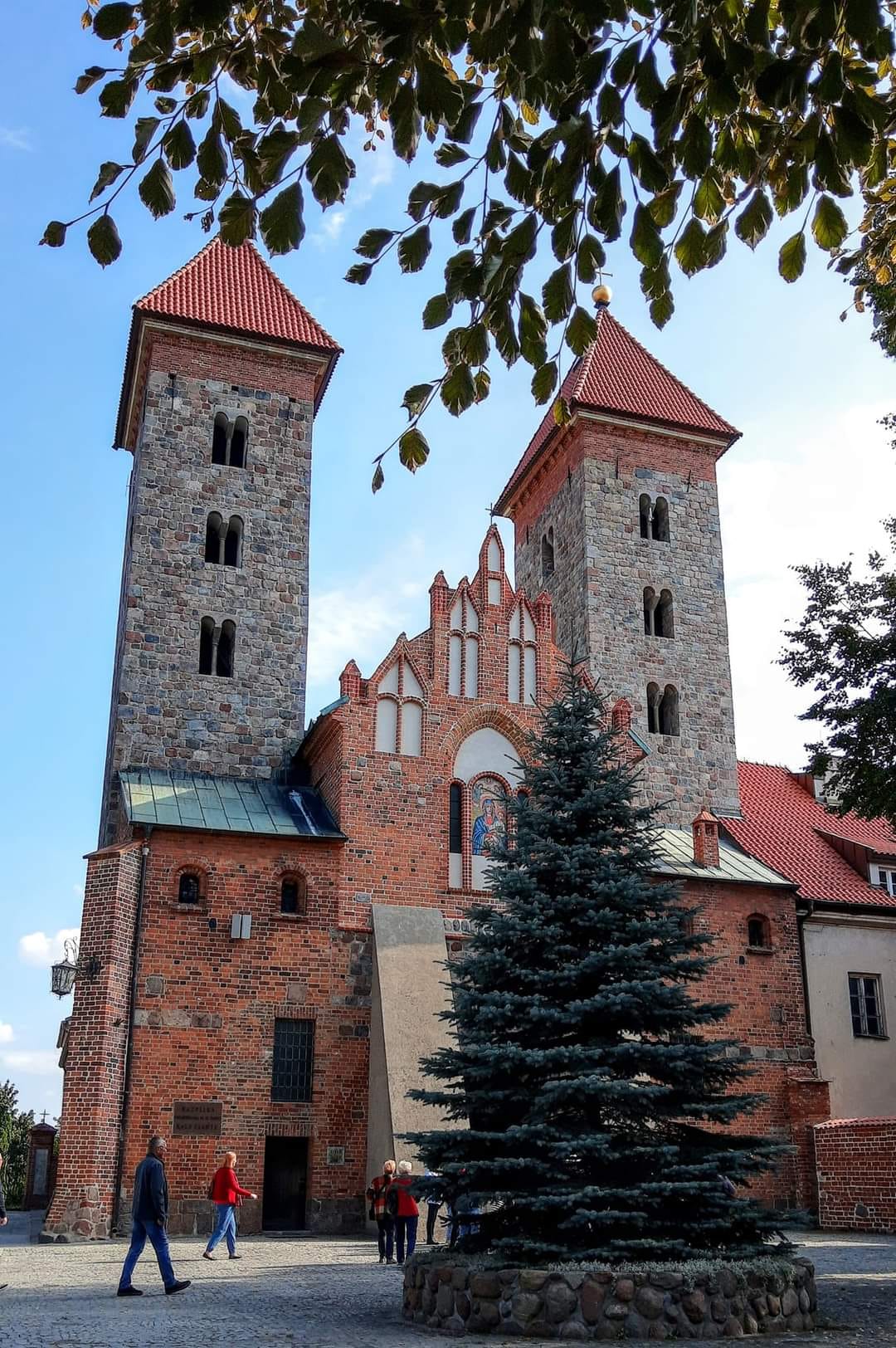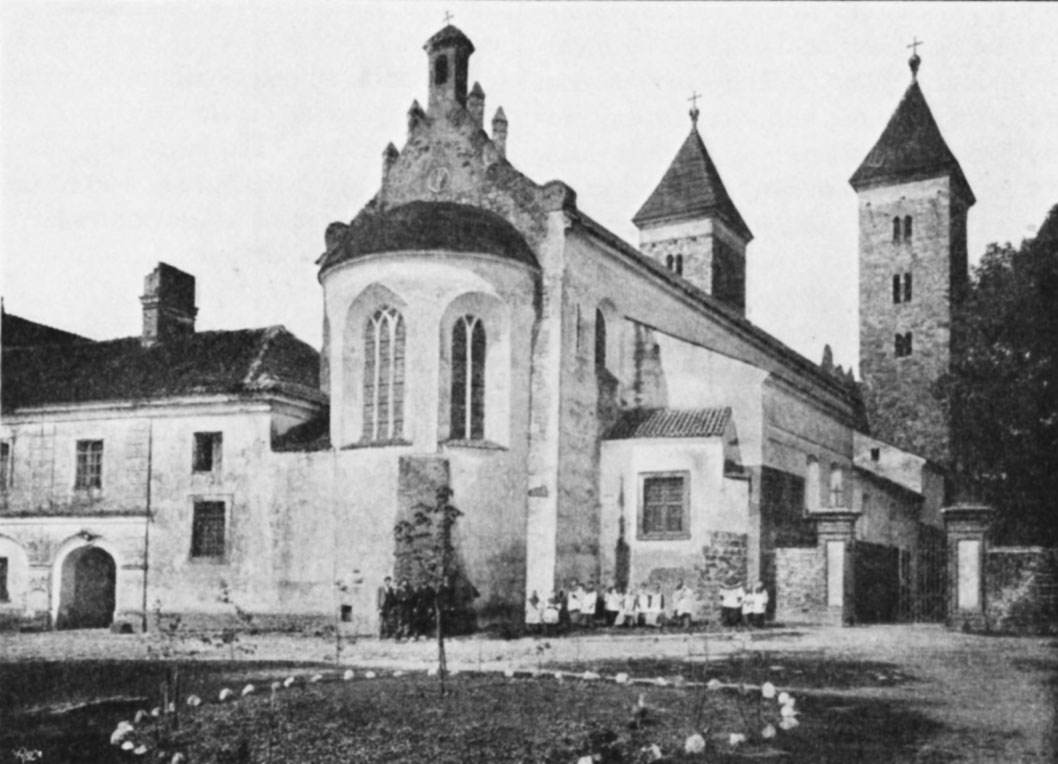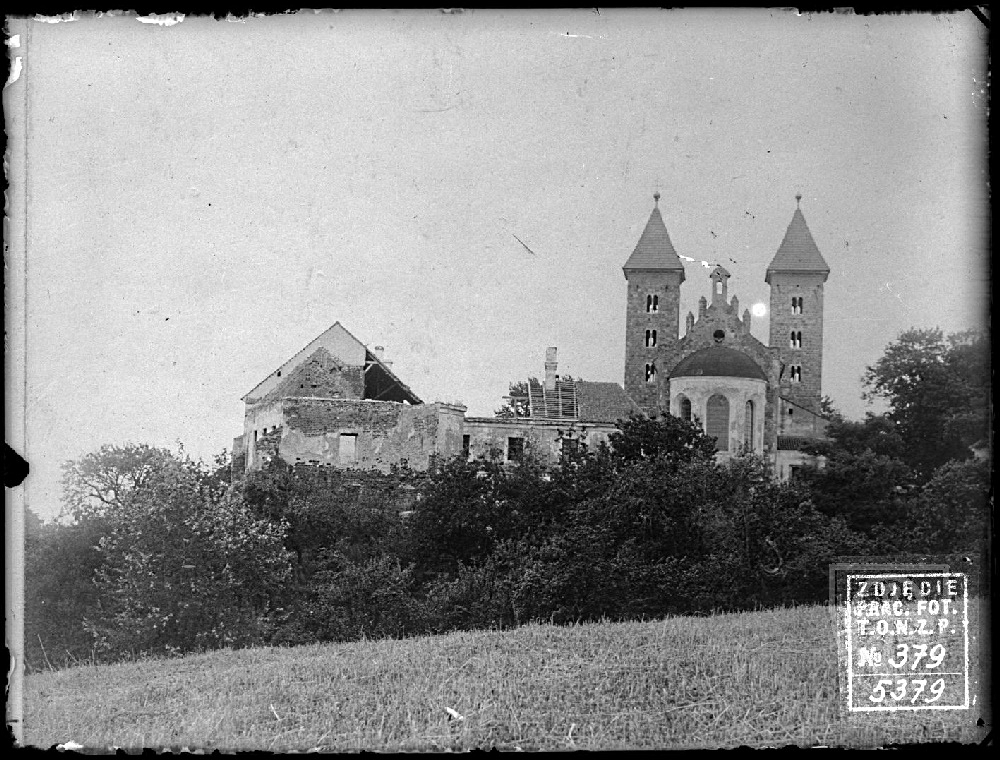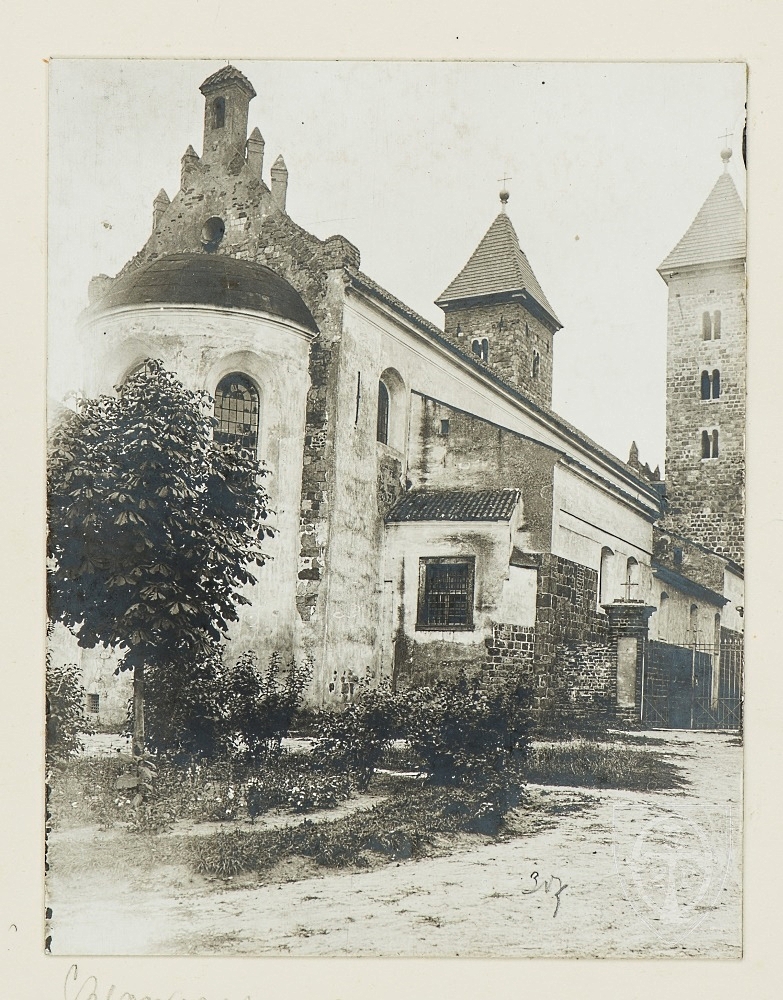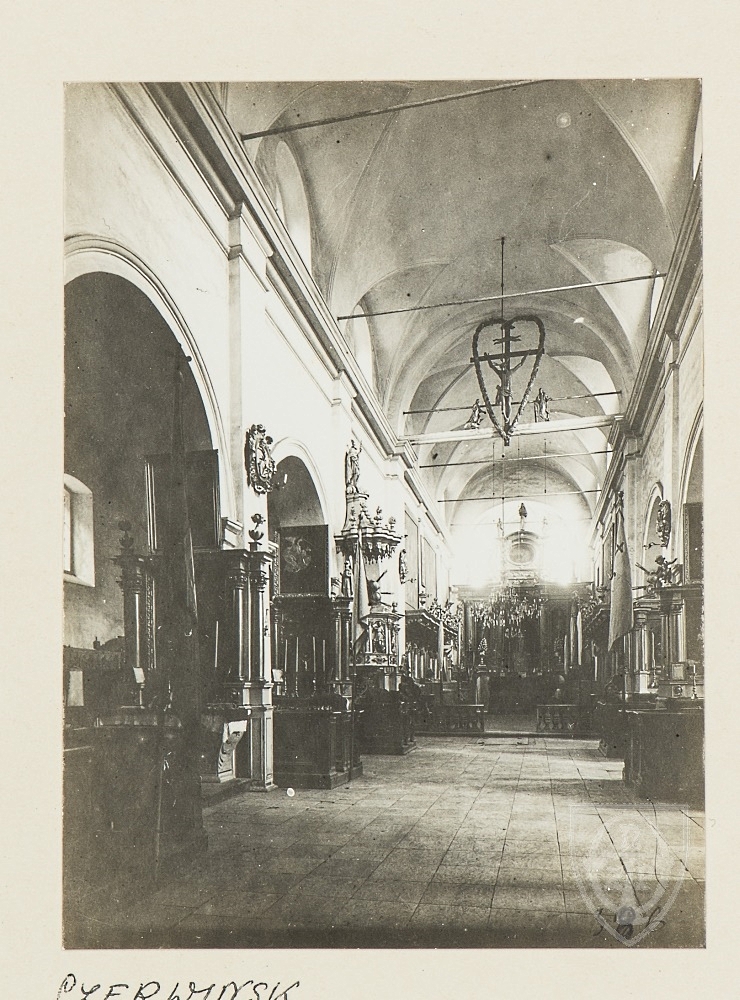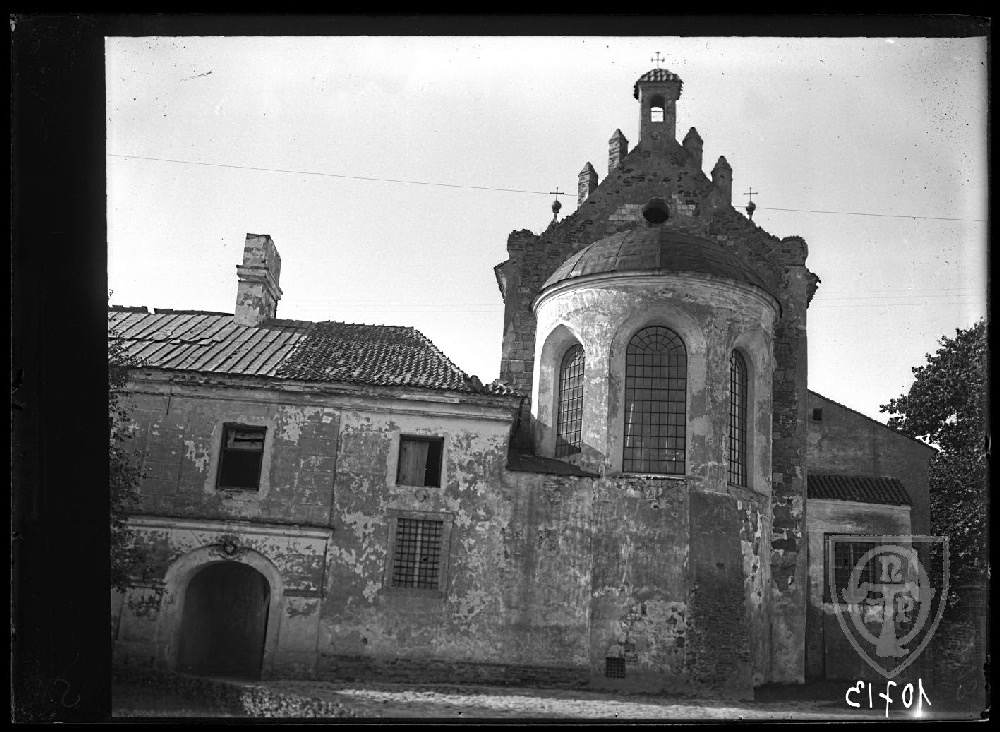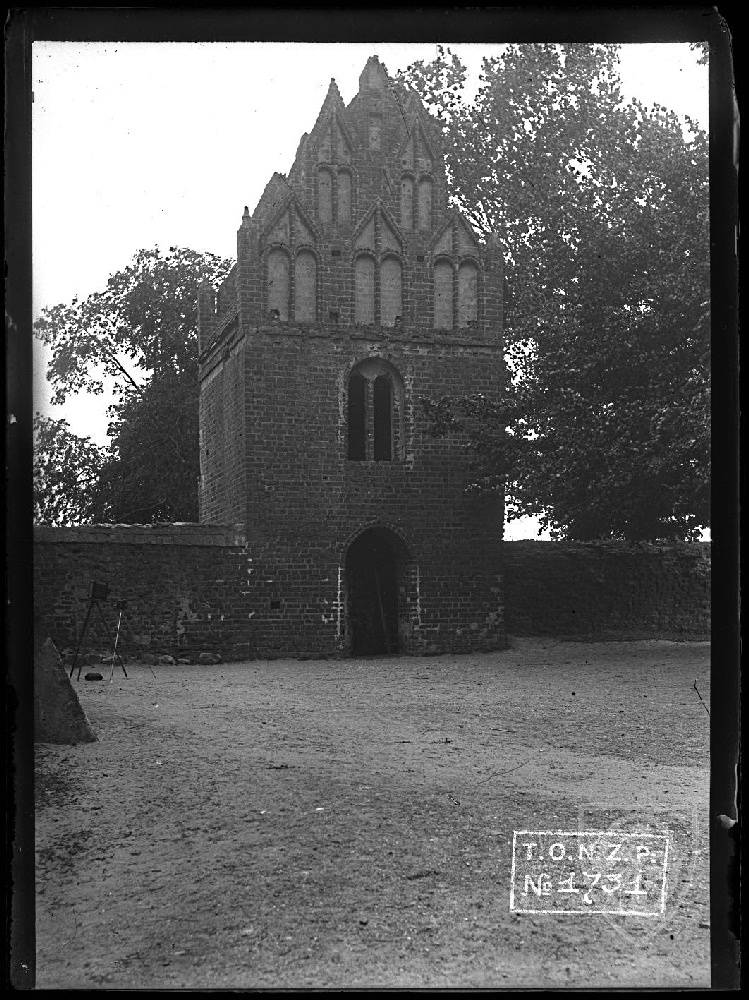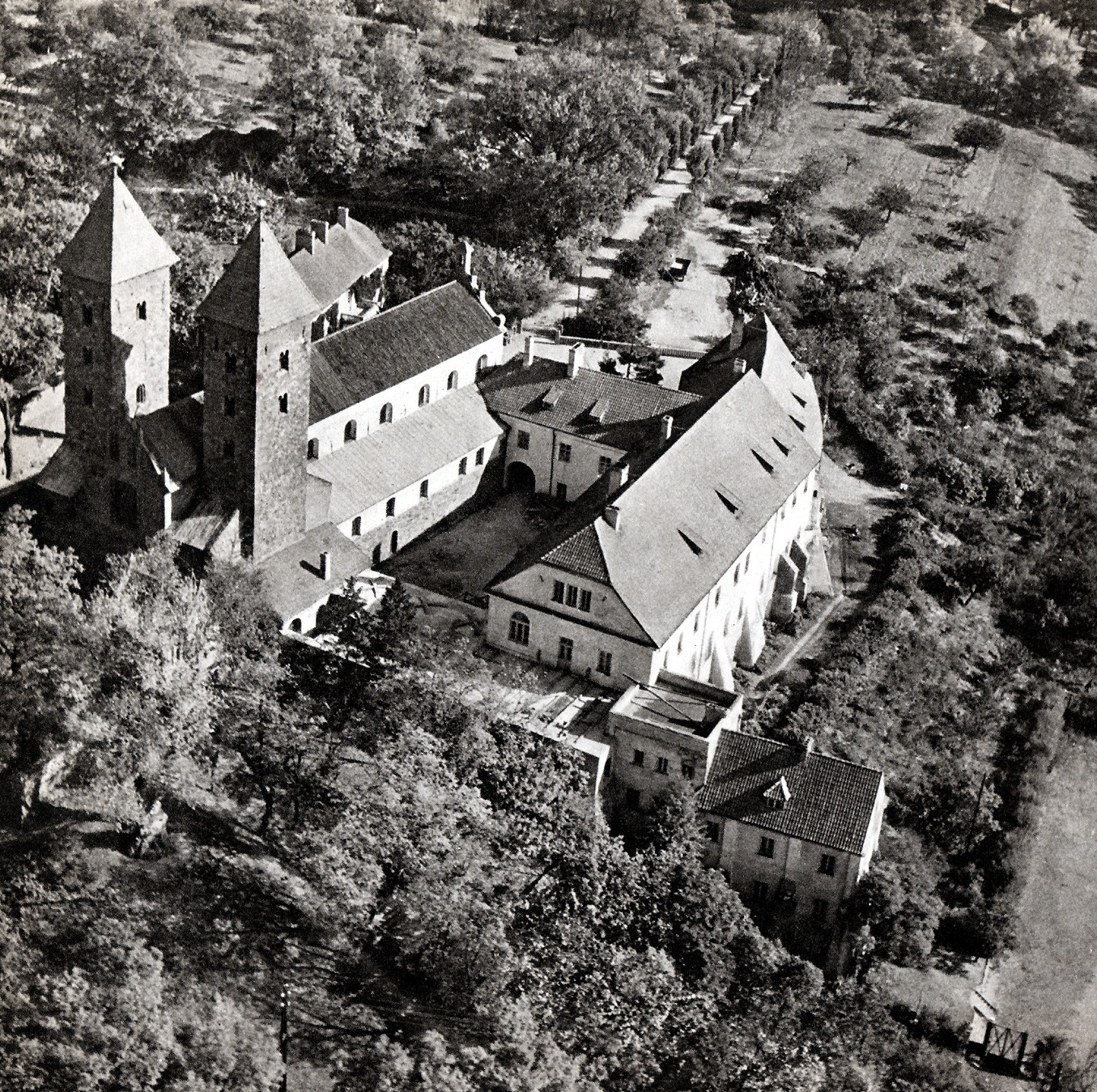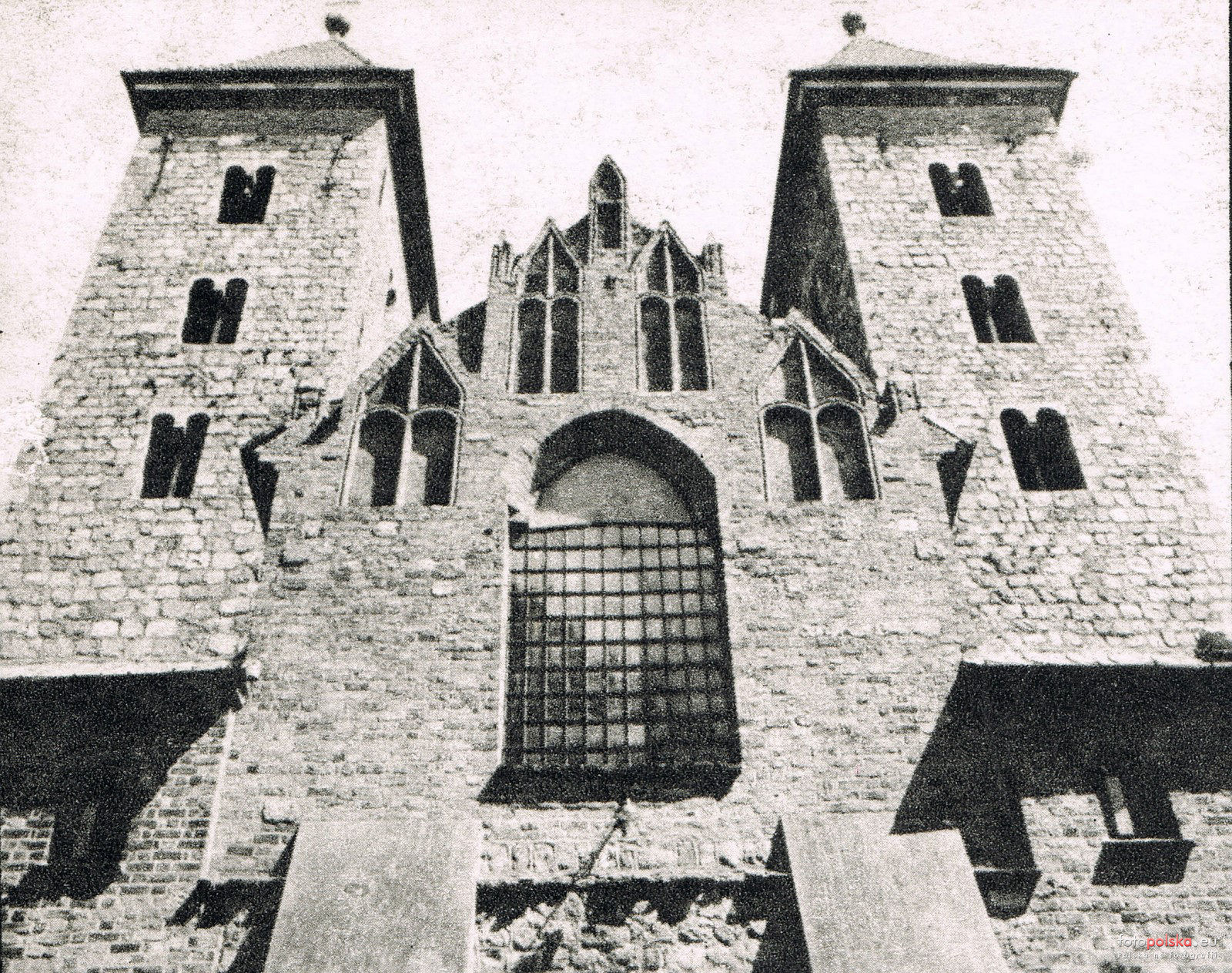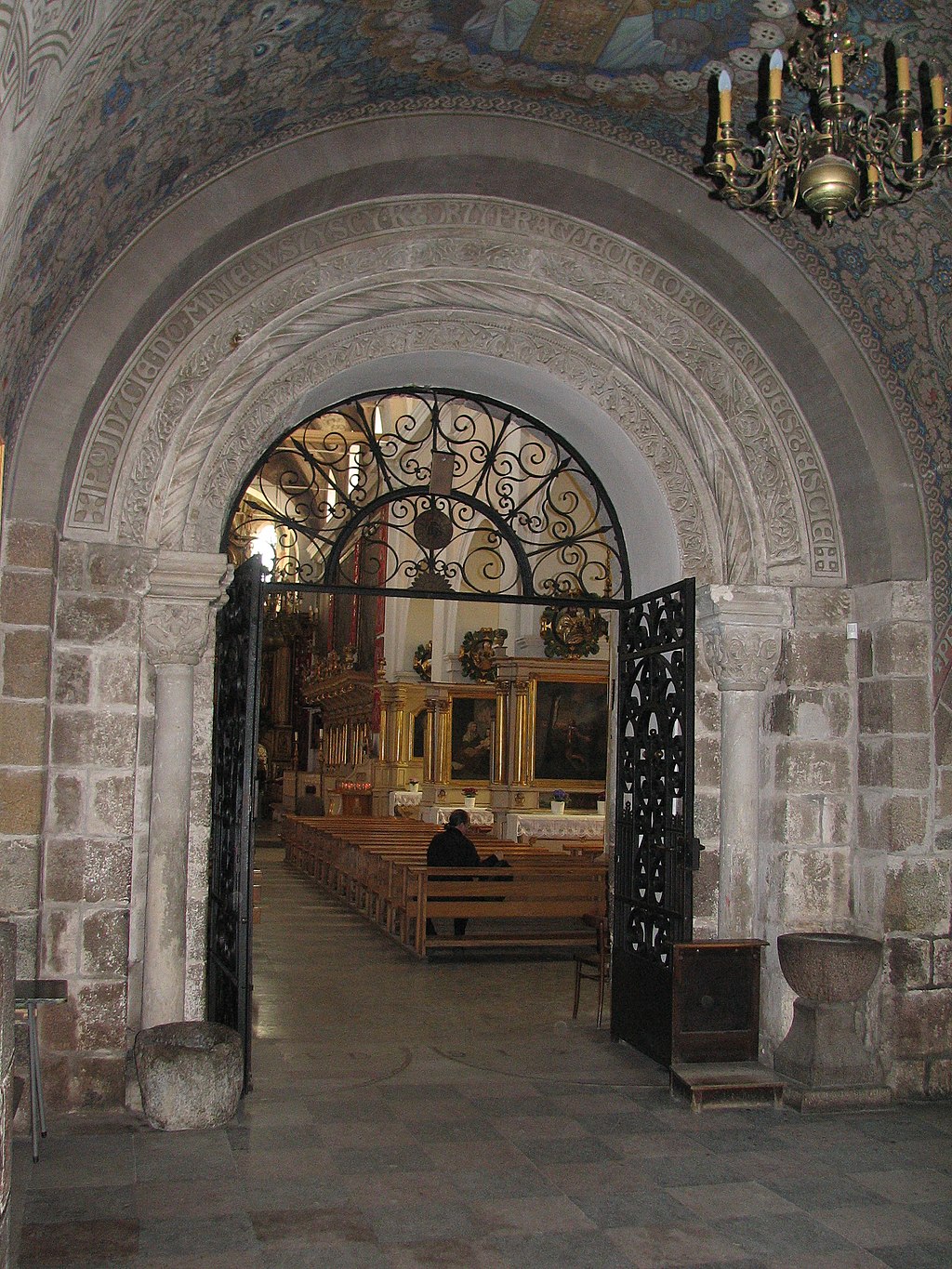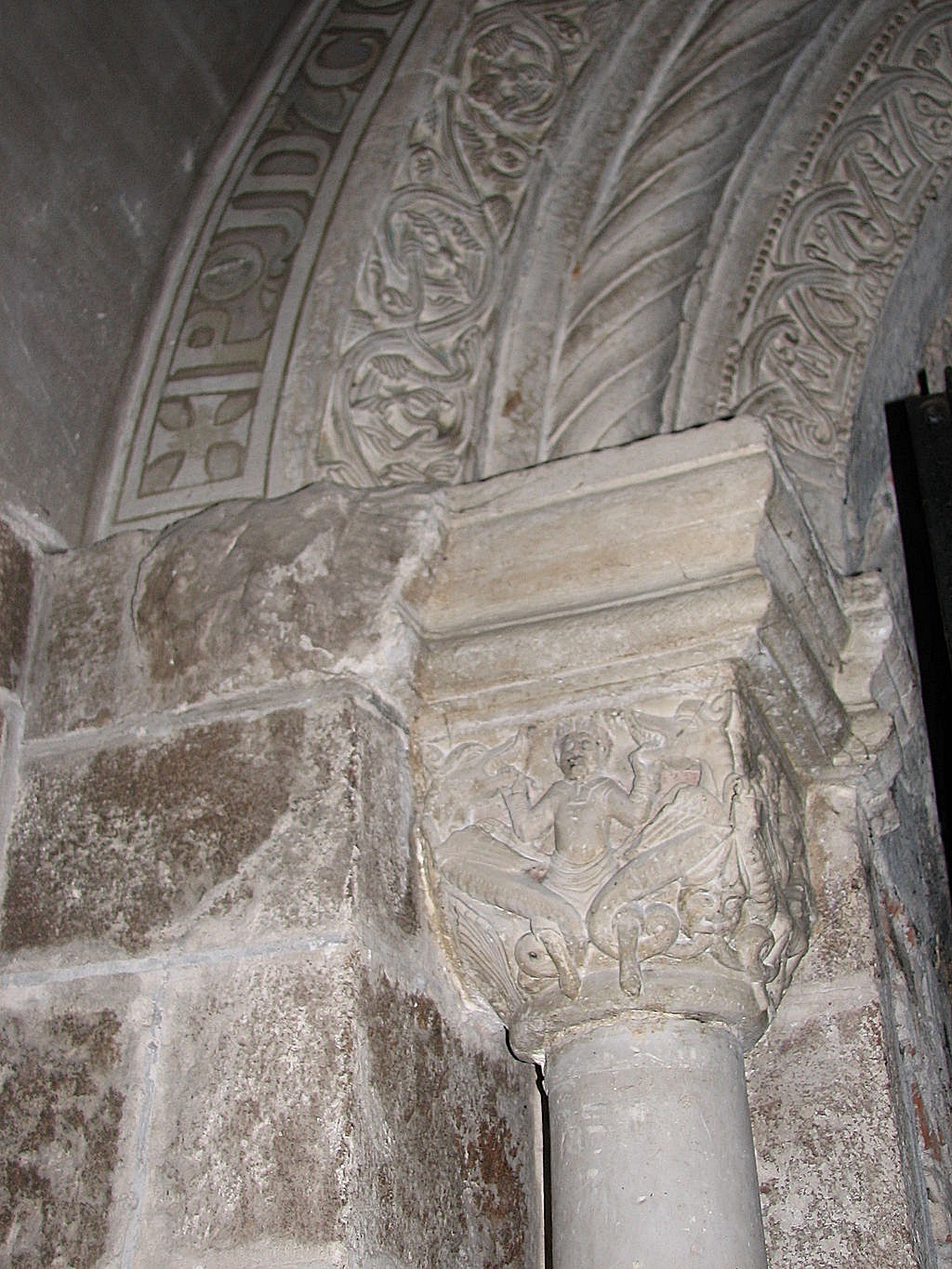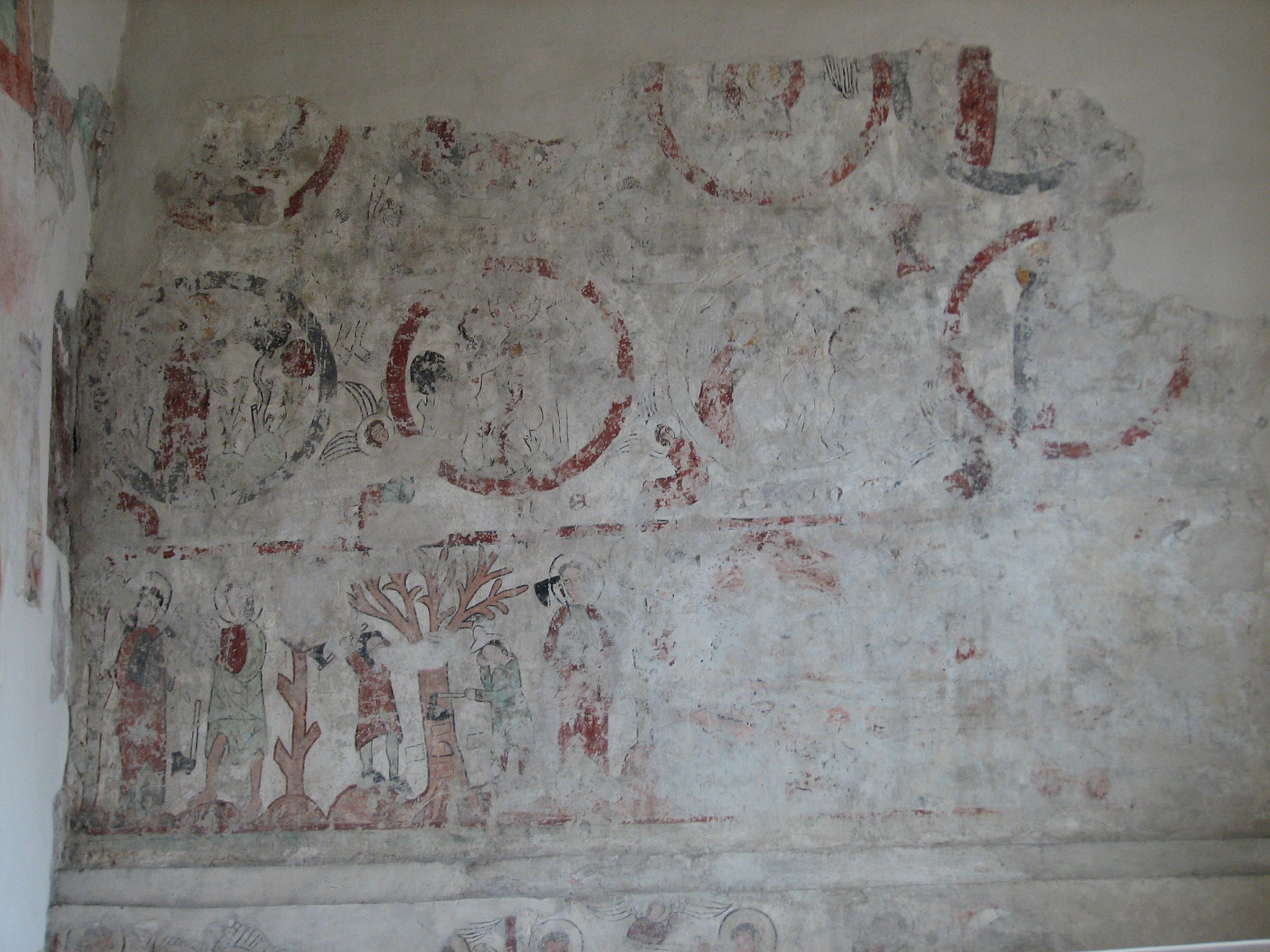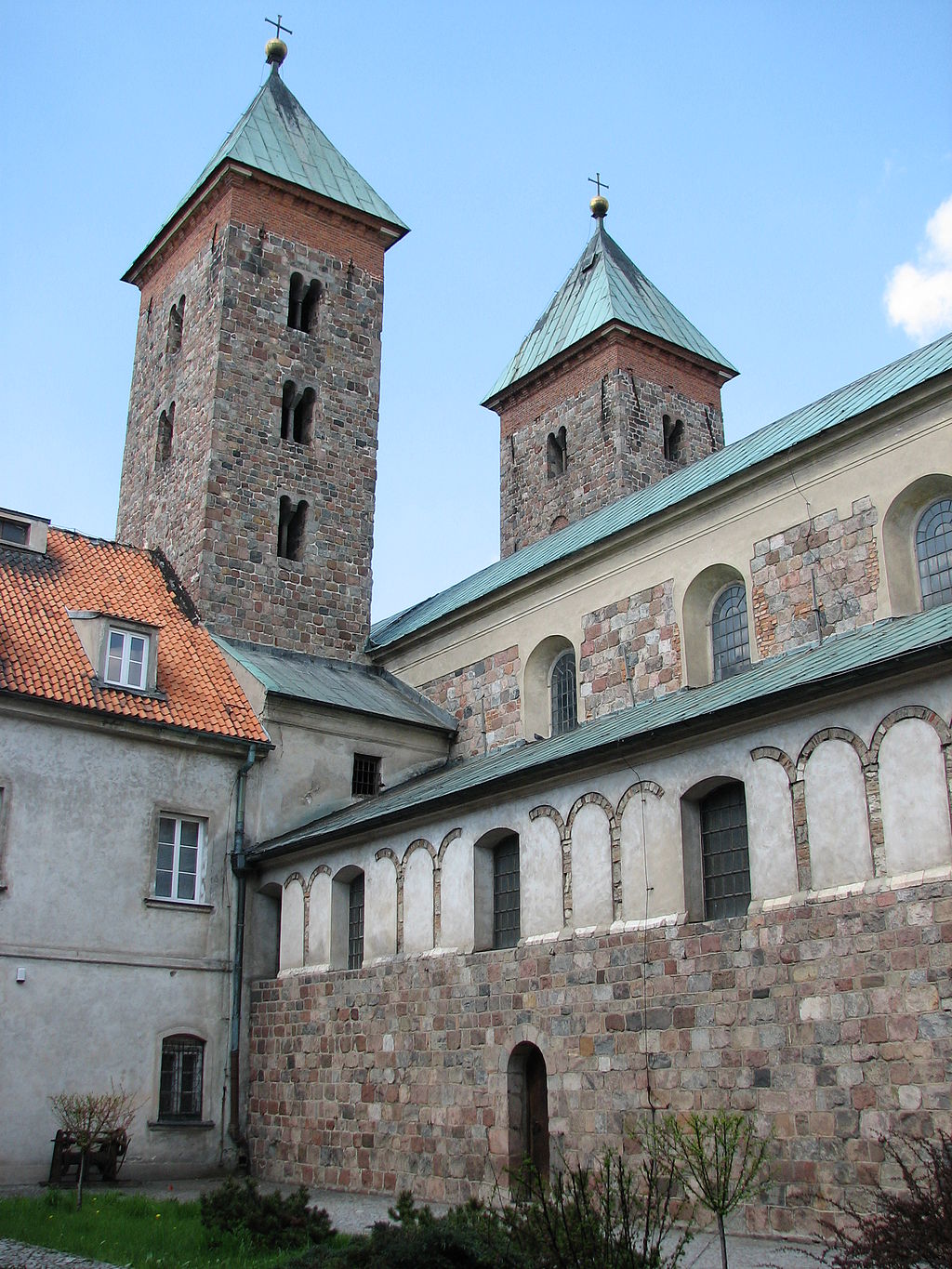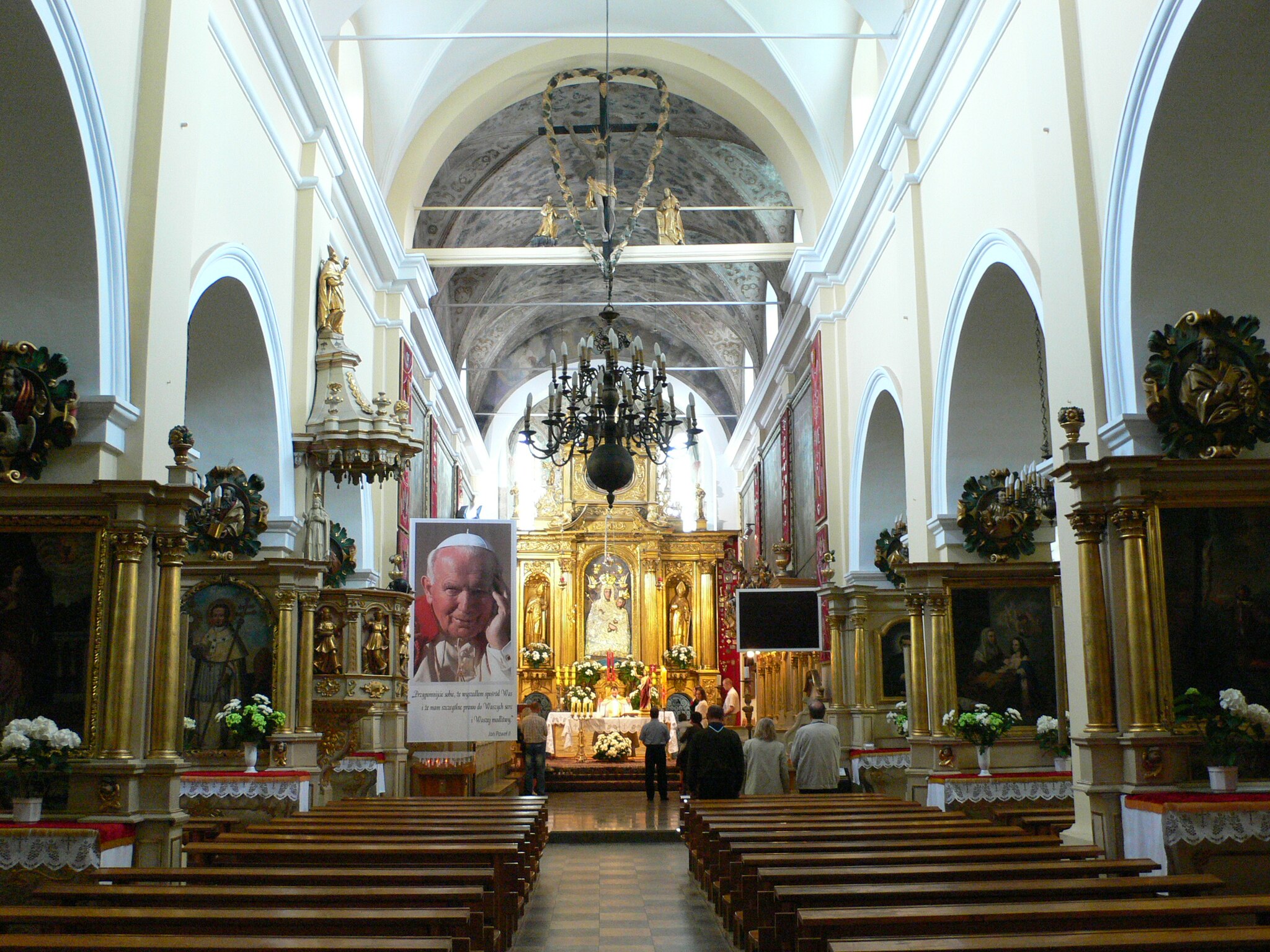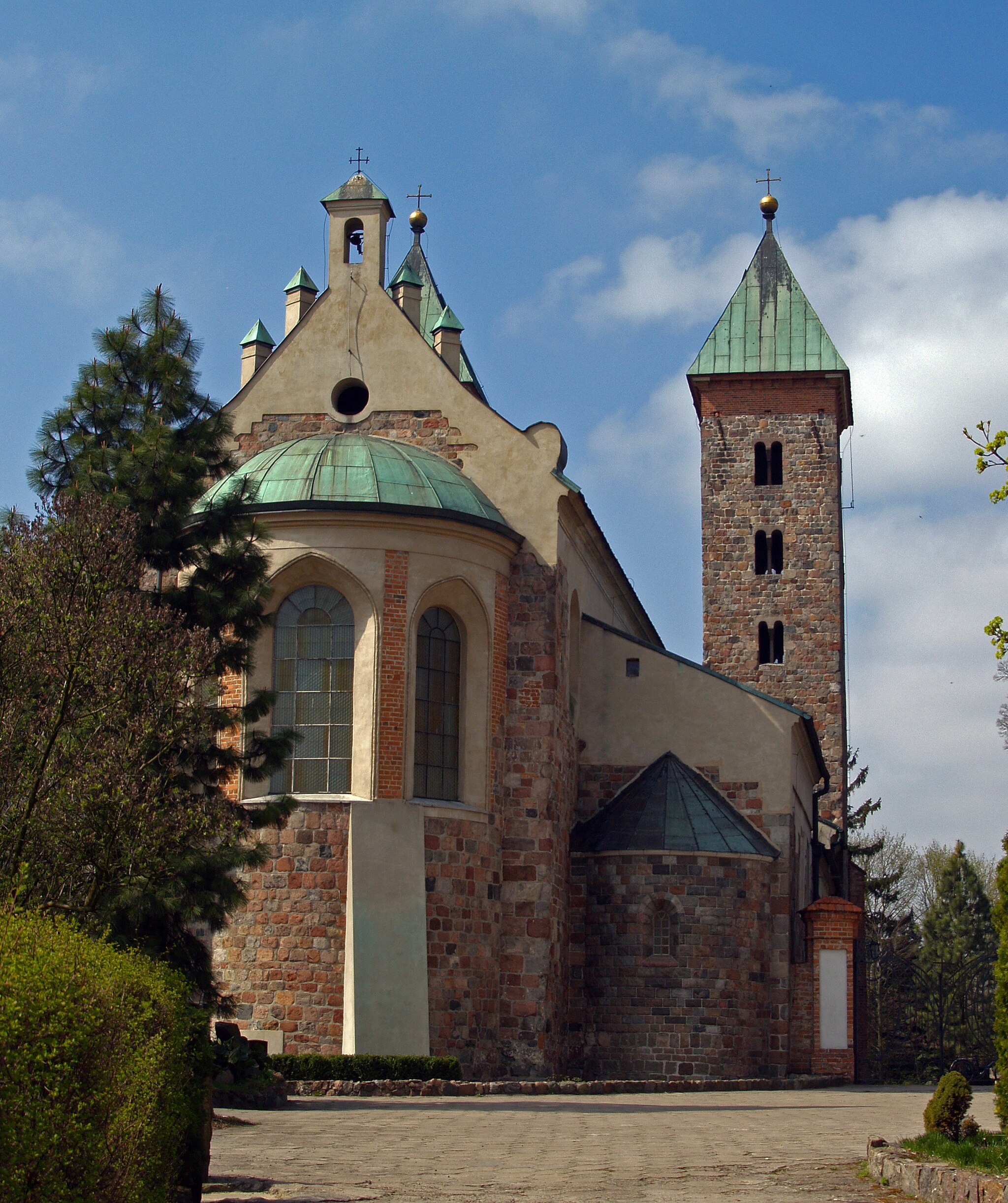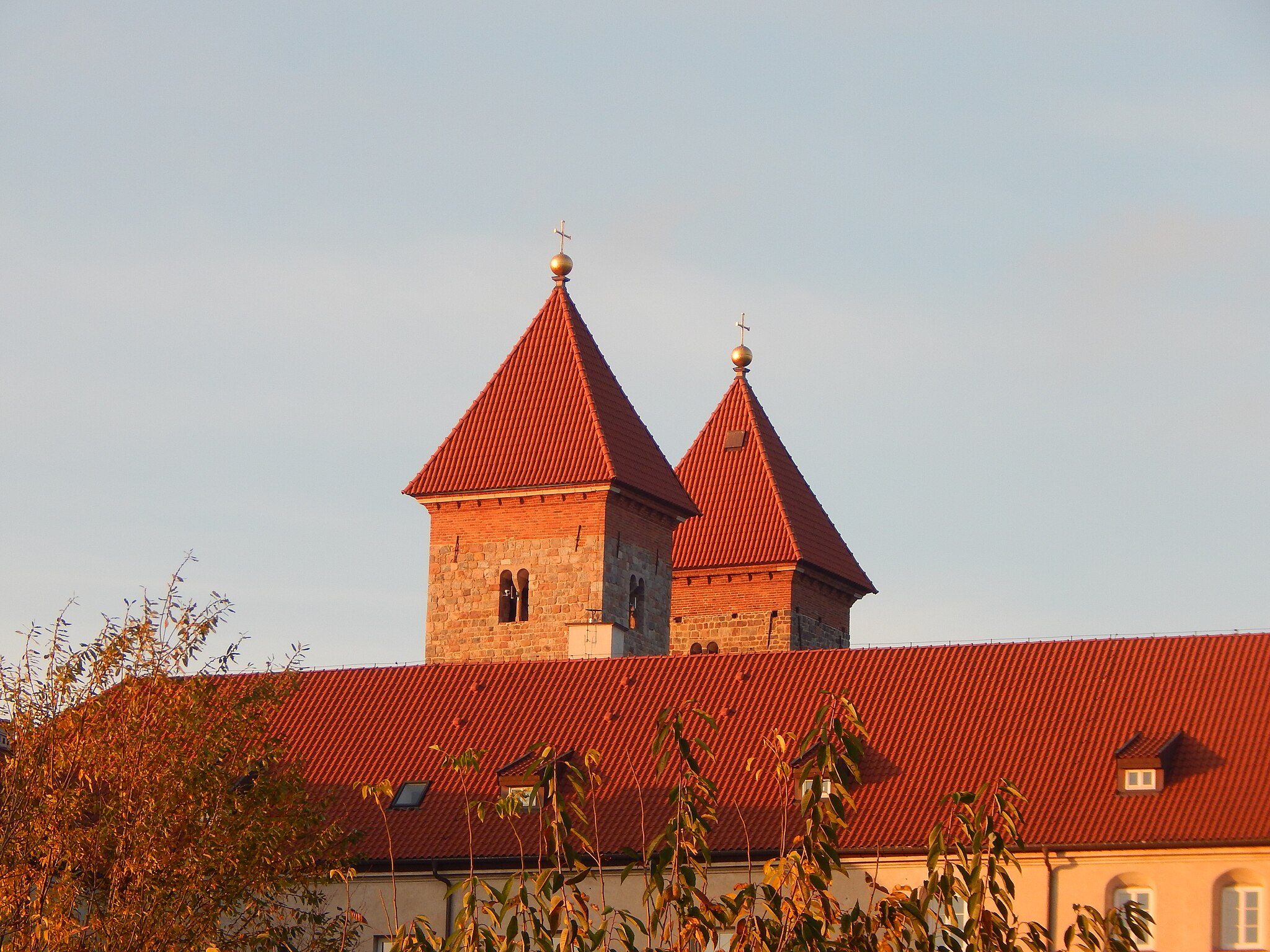In the small, sleepy and inconspicuous town of Czerwieńsk on the Vistula River, there is one of the most valuable monuments of Romanesque architecture in Poland. The Church of the Annunciation of the Blessed Virgin Mary has its origins in the 12th century. Although it bears the marks of many reconstructions, which added Gothic and Baroque elements, they did not manage to erase its dominant Romanesque character. In the shadow of the church towers also rises the monastery, which, together with the impressive body of the temple and the accompanying buildings, forms an impressive architectural complex
The construction of the monastery was initiated by Bishop Alexander of Mallone. The monastery temple was built as a two-towered stone church in the early 12th century. The towers testify to the high importance of this temple. It was consecrated in 1161. It was designed according to a similar pattern to the largest churches built in Central Europe at the time. The huge Romanesque portal dates from 1140-60. It was probably made in Italy, in the workshop of Wiligelmo of Modena
Church of the Annunciation of the Blessed Virgin Mary in Czerwinsk on the Vistula River. Ed88, CC BY-SA 3.0, via Wikimedia Commons
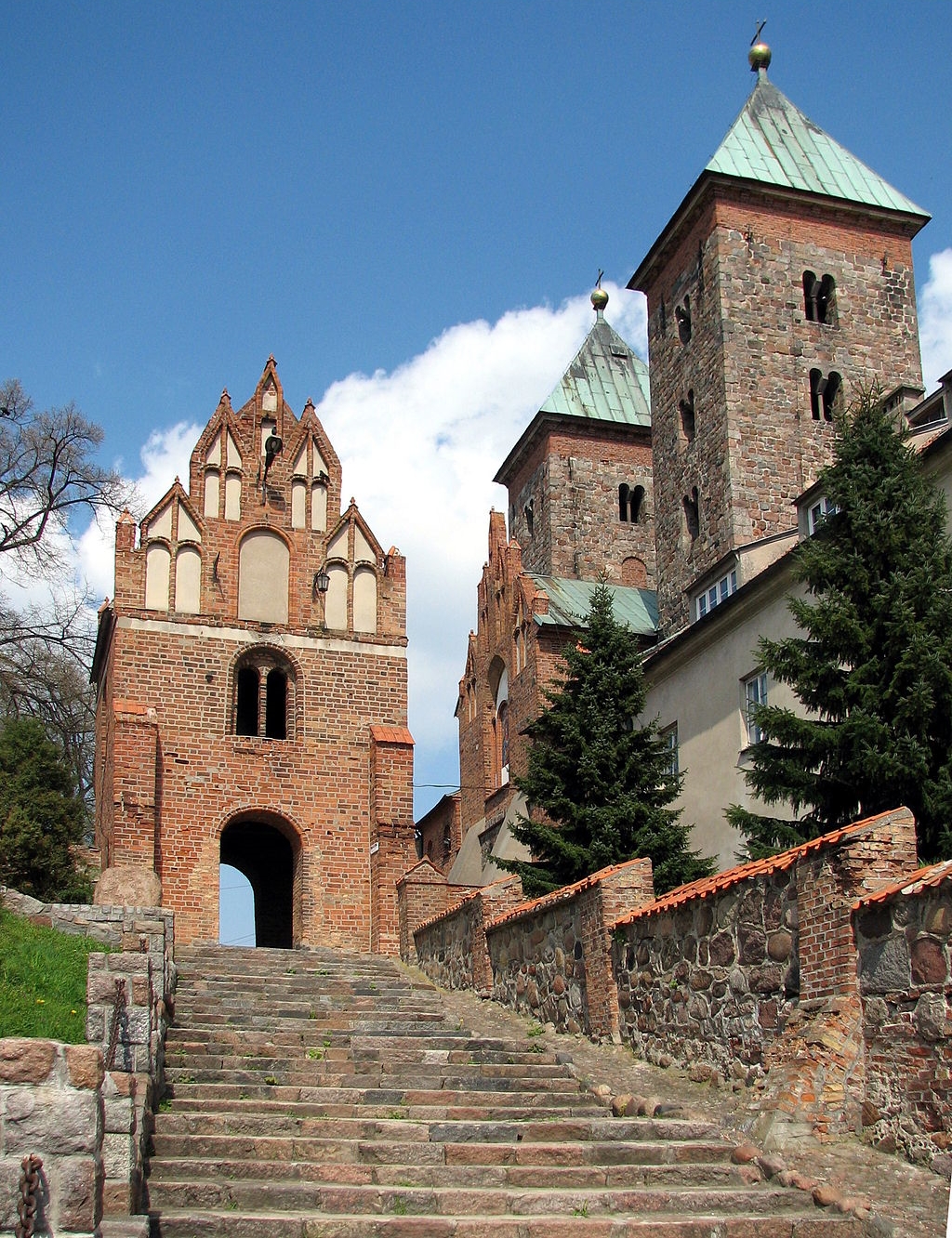
The fate of the basilica of Czerwinsk was not easy from the beginning of its construction. Already in 1328, a fire took place in the church. However, it did not destroy the walls of the temple. In the 15th century, the importance of the monastery reached its apogee. In 1410, King Władysław Jagiełło prayed in Czerwinsk for the success of his war expedition. In the following years, the abbey witnessed many important political events. The growing importance of the church made it necessary to expand it. At the end of the 15th century, the porch, the bell tower and the wall around the church were added to the temple. These brick Gothic elements stand out against the stone body of the church. Another reconstruction took place 40 years later, when a brick vault was added to replace the wooden ceiling. The interior of the building underwent a total makeover in the Baroque period. The entire interior was then plastered over, covering the severity of the Romanesque walls. Some of the altars, including the largest one, also date from that time
Church of the Annunciation of the Blessed Virgin Mary in Czerwińsk-on-Vistula – the presbytery. Qkiel, CC BY-SA 4.0, via Wikimedia Commons
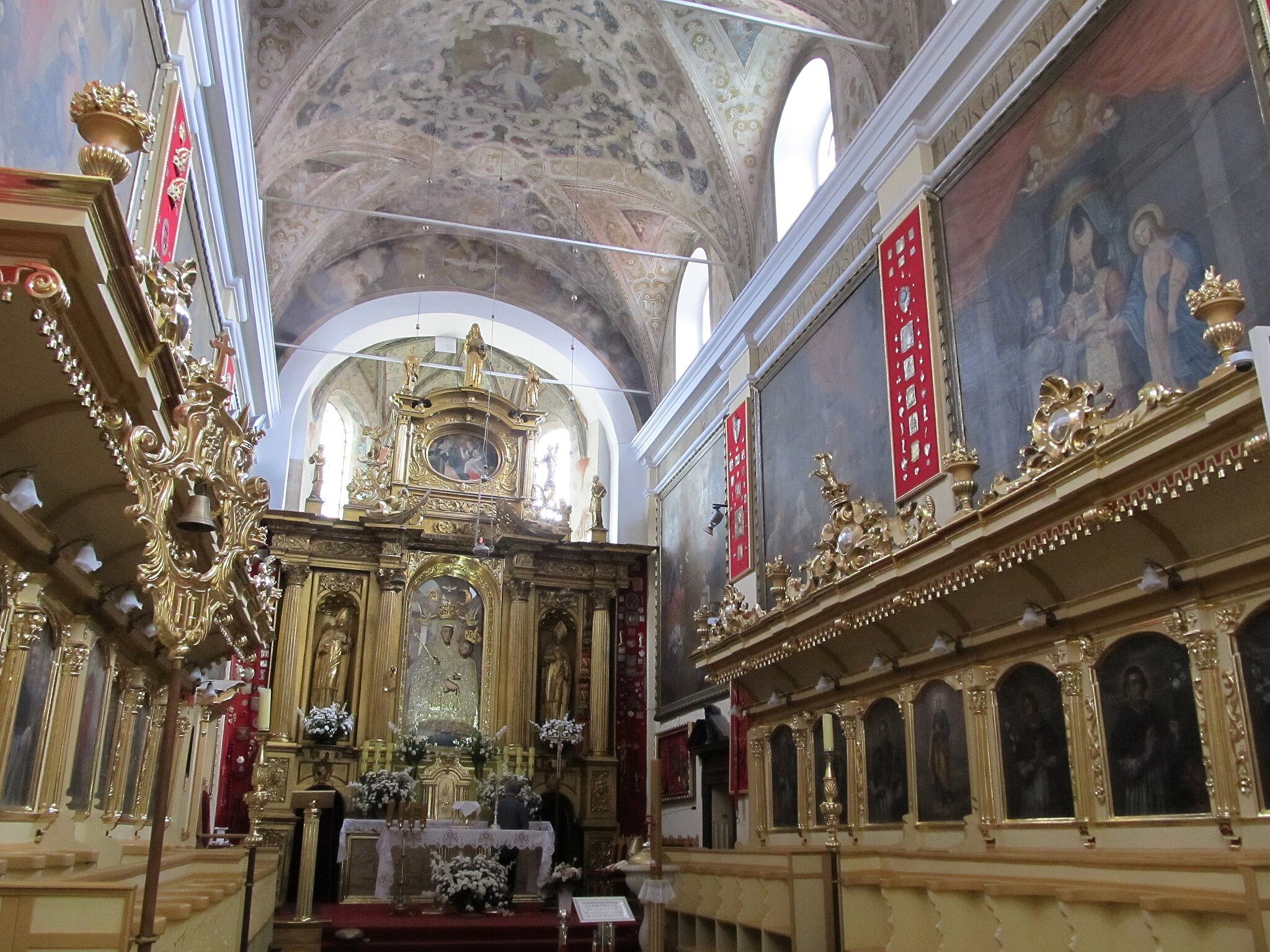
The next major changes came at the beginning of the 20th century. These were conservation works under the direction of Stefan Szyller, which strongly influenced the appearance of the church. The temple was restored to its former glory – Romanesque frescoes were uncovered, and the church’s towers and facades were reconstructed. After the restoration was completed, the Salesians moved into Czerwinsk in 1923 and have been taking care of the place ever since
A great attraction is the Romanesque frescoes from the 13th century. This is the largest set of paintings from this period in Poland. The uppermost medallions contain the programme of the Creation of the World together with the story of the first humans and their expulsion from Paradise. Below – the cutting of the tree for Noah’s Ark. Even lower – scenes from the life of Abraham together with the Presentation of Isaac. Next to these, there is room for a depiction of the history of the Apostles, including St Peter and St Paul. It is likely that this was an elaborate version of the Last Judgement with a large number of themes. In addition to the Romanesque frescoes, Gothic frescoes from the 15th century can also be found. The last significant change to the image of the church was the replacement of the covering of the towers from sheet metal to tile
Source: czerwinsk.salezjanie.pl
Read also: Architecture | Renovation | Monument | History | Sacral architecture | Interesting facts

